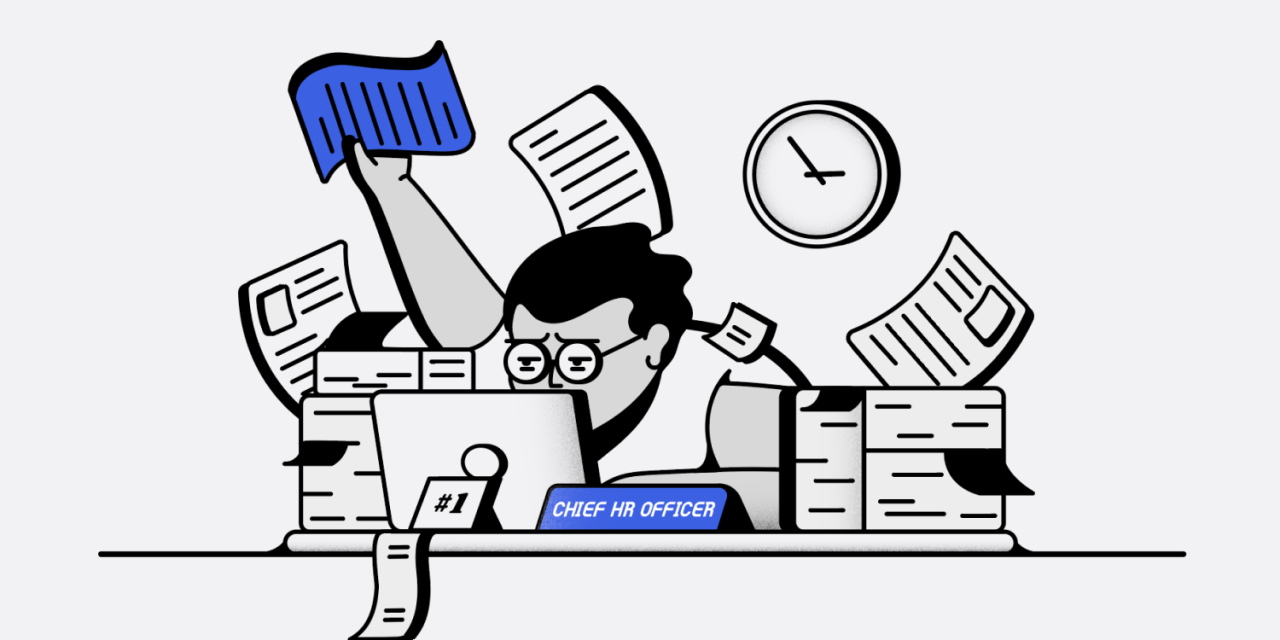‘A poverty of imagination’: The workplace still needs a complete makeover to succeed

The pandemic and its aftermath forced employers to examine how and where work gets done.
It’s been a long time coming.
That was the consensus among experts who opened the Society of Human Resource Management’s Employment Law And Compliance Conference on Monday. There, HR and workplace experts spoke to a crowd of peers in Washington D.C. (and streamed online).
Workplace expert Kathleen Christensen Ph.D likened the tectonic shift in how we work to Henry Ford’s implementation of the five-day per week, eight-hour a day work structure. It was considered revolutionary at the time, but was codified in the Fair Labor Standards Act in 1938 and remains the standard framework.
It’s time for a change.
There is “a poverty of imagination” when it comes to the workplace, said Christensen, a faculty fellow at Boston College’s Center for Social Innovation and co-founder and director of the school’s Work Equity, which aims to redesign where work gets done. “We have to look backwards for innovation.”
Christensen, and co-panelists Steve Polo, managing partner at the workplace design consultancy OPX, and Matt Sigelmen, CEO of the labor market analytics firm Burning Glass Technologies, warned that without examining what it really means to operate a flexible workplace, employees will be stuck in limbo and business will suffer.
Here are takeaways from their session.
Understanding flexibility
“Most employers don’t have a clue about what flexibility is,” Christensen said. “They’ve latched onto this language about the hybrid workplace as an interim between complete working at home and who knows what. Hybrid workplaces are only one aspect — and I would say a very minor aspect — of what flexibility is about. If we want to talk about flexibility we have to talk about what we mean.”
Employers must integrate hybrid work into an overall flexible approach to work. That includes not only where work is done, but when it gets accomplished on a daily, weekly, monthly and annual basis; workload and the speed it needs to be accomplished.
Using data to plan
Many employers are experiencing a talent shortage in part because they can’t find workers who have the skills for open jobs. The first step to alleviate that is thinking about the roles needed in the future.
“Understanding what we need tomorrow is key to making sure the workforce we have, can be the workforce we need,” Sigelmen said. “If you don’t have a data-rich basis to evaluate how things are changing, how the skills that you need tomorrow are different from the skills you need today are different from the skills that were embedded many yesterdays ago, the possibility of change isn’t there. A lot of this starts with becoming more data-driven to understand the people inside our workforce.”
Skill adjacency
Once employers understand what skills will be needed in the workforce of the future, they can build talent by identifying people who have some of the necessary skills and invest in the skills that bridge the gap.
“Instead of saying, ‘who has exactly the skills we need’ let’s look for some of the skills and train people on the rest,” Sigelman said. “We don’t have to approach skill shortages as a zero-sum game. It’s about skills adjacency.”
There are other ways of approaching the talent shortage. Christensen pointed to a smaller company she worked with that couldn’t afford to hire a CFO away from a big firm. Instead, they hired a retired financial professional part-time and ultimately gained enormous experience from someone not interested in the grind of full-time employment.
“We need to think creatively to identify sources of talent,” Sigelman said. “That’s critical to changing the talent game.”
